The Hungarian University of Fine Arts is celebrating its 150th anniversary with a large-scale series of programs spanning the entire academic year. The main pillar of the MKE150 is the representative series of exhibitions, the third and final major stop of which is the Exhibitions in Space Barcsay Hall, which opens on 15 February.
The exhibition is housed in one of the listed buildings of the University of Fine Arts, the 6th district Andrássy street 69. The building is one of the most beautiful palaces on the boulevard, the home of MKE since 1945, but it was an exhibition space, museum, studio, fairgrounds, office, theater and even cabaret.
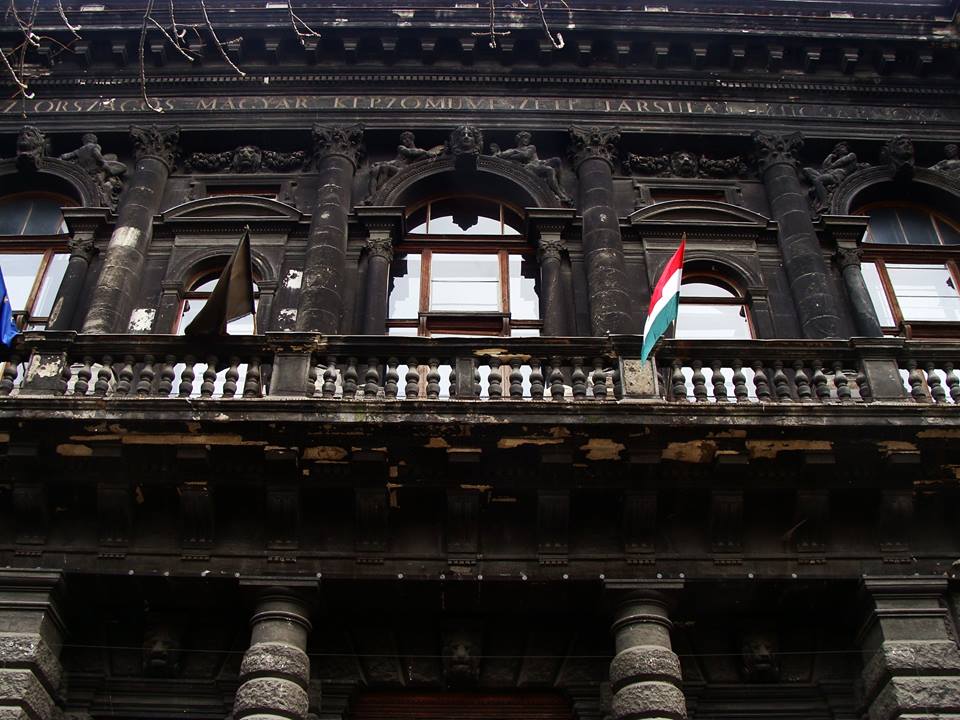
The Old Art Gallery on Andrássy Street designed by Adolf Láng (Photo: pestbuda.hu)
According to the announcement of MKE, the ornate palace designed by Adolf Láng was erected by the Hungarian Fine Arts Society in 1877 with the aim of organizing the annual major art exhibitions here, modeled on the salons in Paris. When the new Art Gallery was completed in Heroes Square in 1896, the Hungarian Fine Arts Society moved there, and the palace under Andrássy 69 became the Old Art Gallery. After 1945, the studios of the College of Fine Arts found a home in the exhibition halls of the house, and the Puppet Theater was established on the site of the old cabaret in the basement.
The exhibition, Space Reservations, focuses on freshly restored Lotz frescoes. The restoration of the works decorating the ceiling was completed at the end of 2021, at the same time the ornate foyer, hall, staircase and rector's corridor of the building were renovated. The renovation was preceded by extensive research aimed at restoring the original splendor of the Lotz wall painting complex, which had been severely damaged over decades, and the neo-renaissance part of the building. During the restoration, in addition to the decorative painting of the part of the building, the wooden, glass, metal and stone building elements were also renewed.
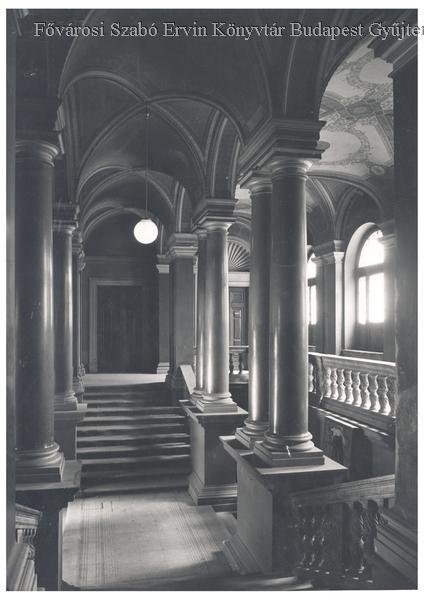
The staircase of the building in the early 1900s (Source: FSZEK Budapest Collection)
The allegorical female figures in the Lotz wall painting cycle represent the branches of art — Painting, Sculpture, Drawing, Architecture, Applied Art, and Art History — as well as the basic concepts of academic art — Reality, Imagination, Fantasy, and Harmony. The restoration of the Lotz frescoes required special expertise, as the wall paintings were made with secoquant technique, dry plaster, oil paint, the statement recalls.
The exhibition presents the prehistory of the frescoes, variations of paintings, as well as a selection from the Lotz collection of the MKE art collection. The archival material is complemented by the work of former and current teachers and students of the university related to Lotz allegories.
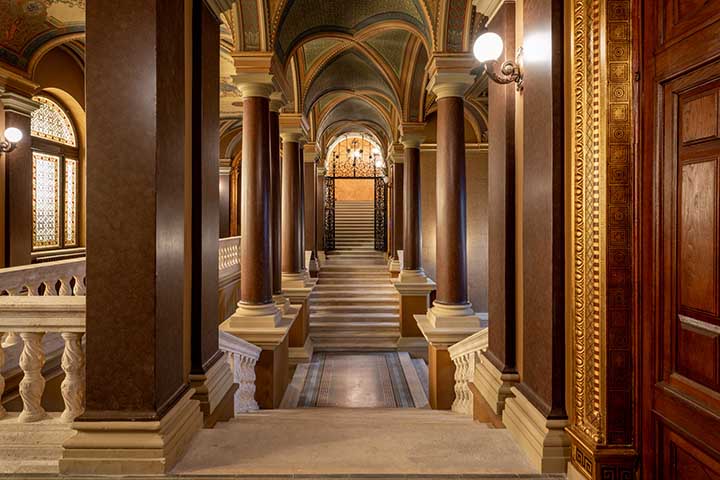
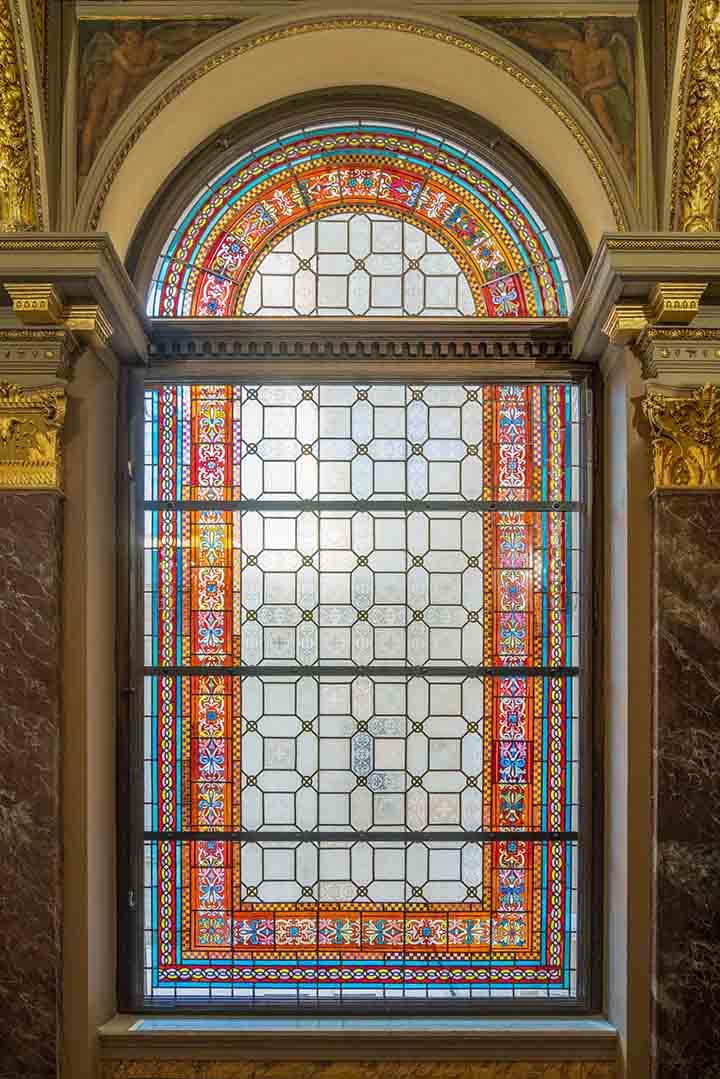
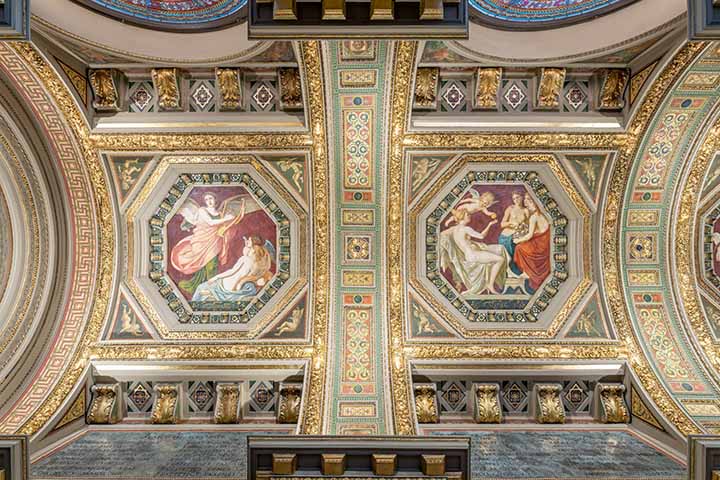
Staircase and Lotz frescoes after renovation (Photo: Gabelics Atnal / MKE)
The exhibition evokes the atmosphere of the salons of the Old Art Gallery with special old documents, photos, architectural blueprints and works of art with archive sound and image materials, but visitors can also immerse themselves in the milieu of the turn-of-the-century cabaret. The archive materials are complemented by modern and contemporary works: you will be able to admire, among others, Aurél Bernáth, Jenő Barcsay, Márta Czene, István Csók, Károly Ferenczy, Ferenc Gróf, György Jovánovics, János Kósa, Károly Lotz, István Réti, István Szőnyi, Also works by Kata Tranker, Katarina Sevic and János Vaszary.
Students reflect on the history of the iconic palace with new, exciting works, the institution indicates. In the 19th century, the inner courtyard was decorated with a beautiful majolica fountain, a scale copy of which was made of Laneury Tom wires for the exhibition, and a group of students - Heim Fanni, Laura Panák, Klári Döbröntei, Szabolcs Sziládi the atmosphere of decades.
The university is also planning guided tours on Saturdays for the exhibition, which runs until 19 March.
Source: MTI
Cover photo: Exhibition commemorating the Old Art Gallery is part of the A150-year-old MKE program series (Photo: FSZEK Budapest Collection)

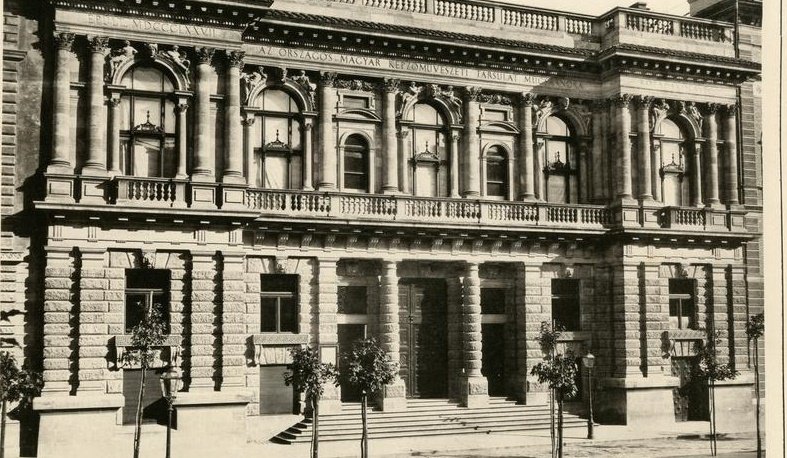

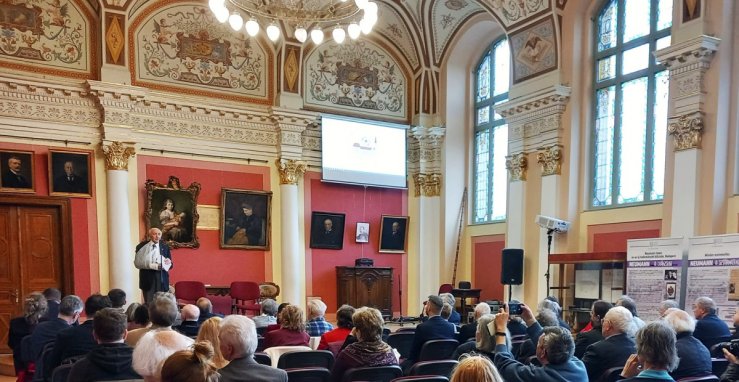


































Hozzászólások
Log in or register to comment!
Login Registration